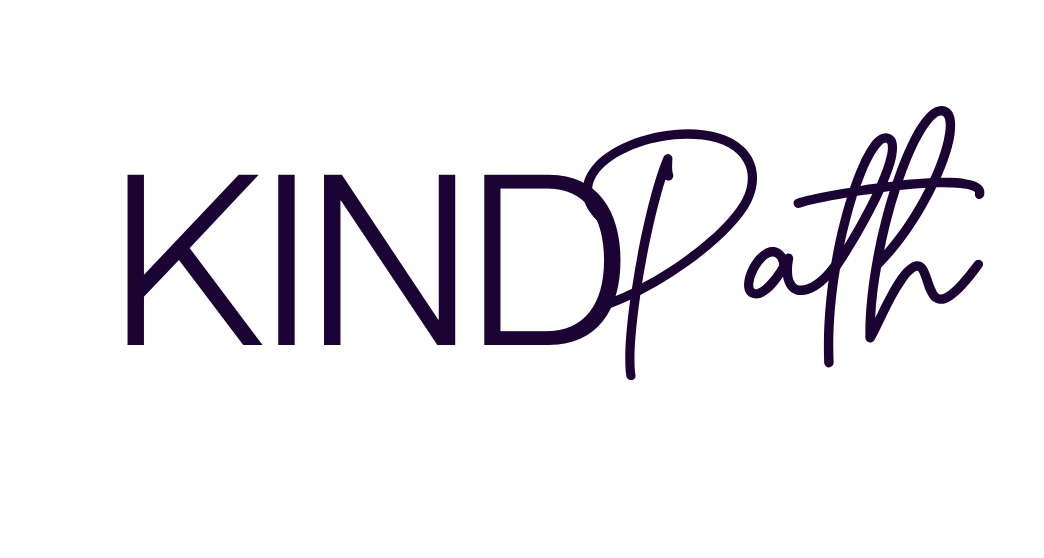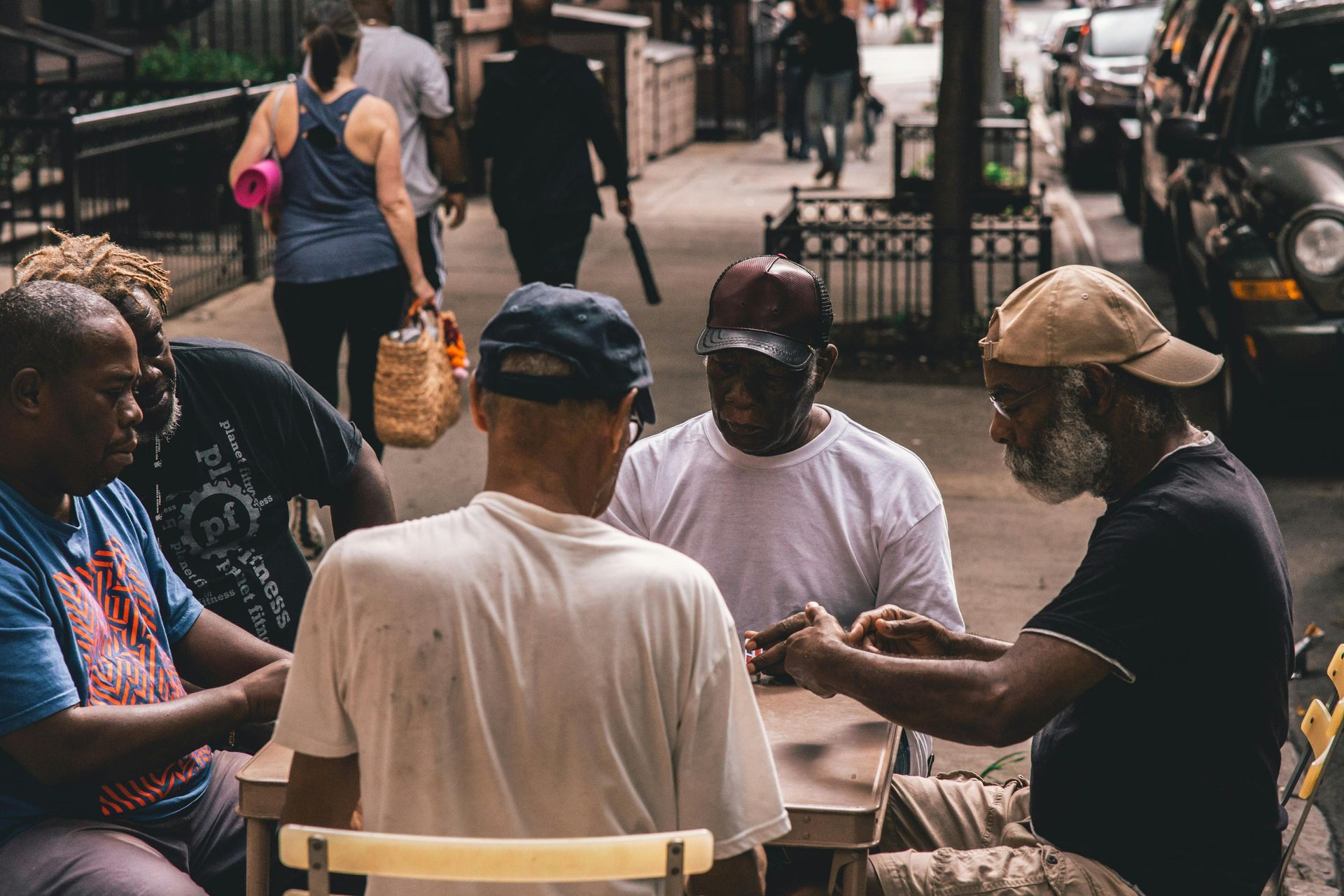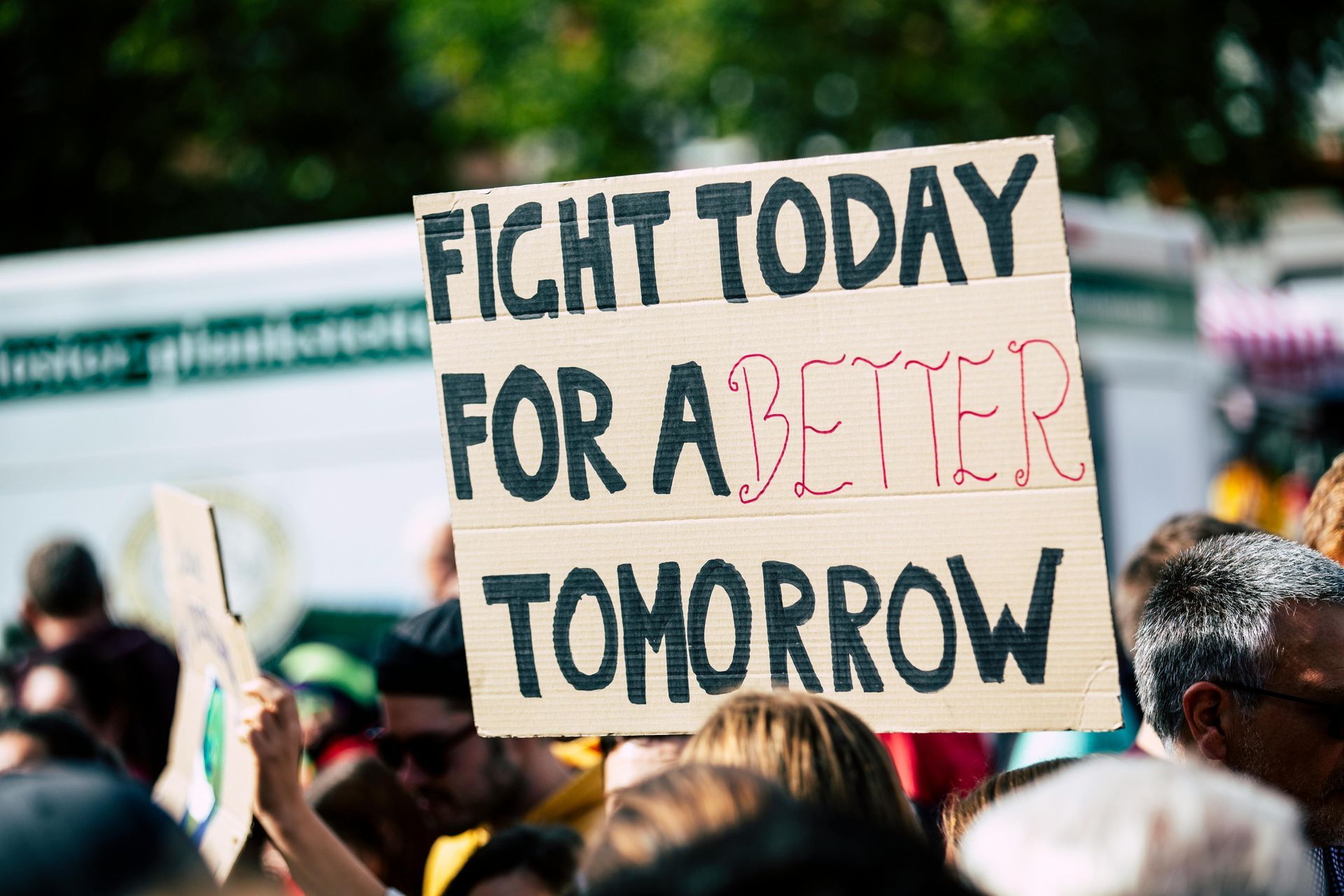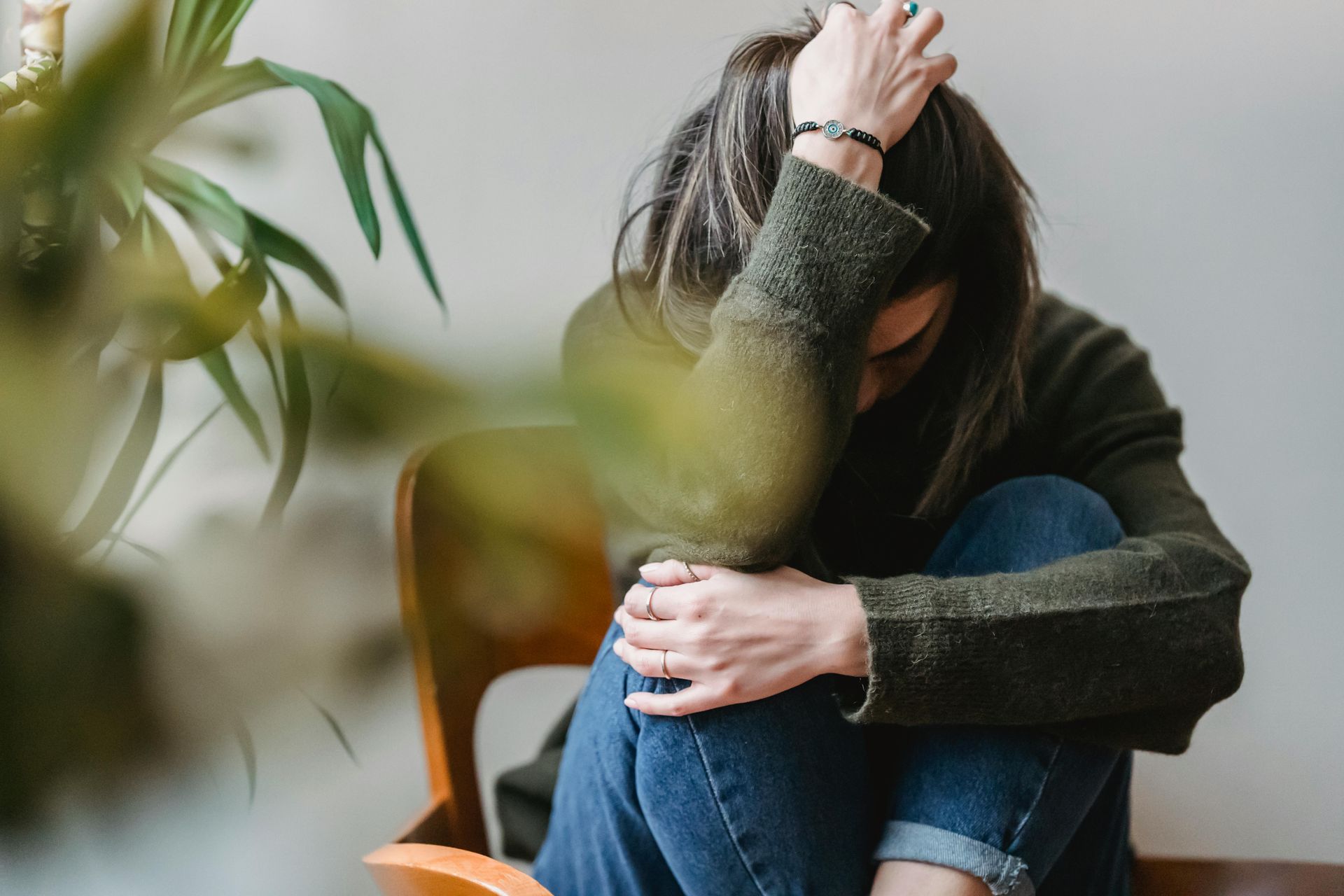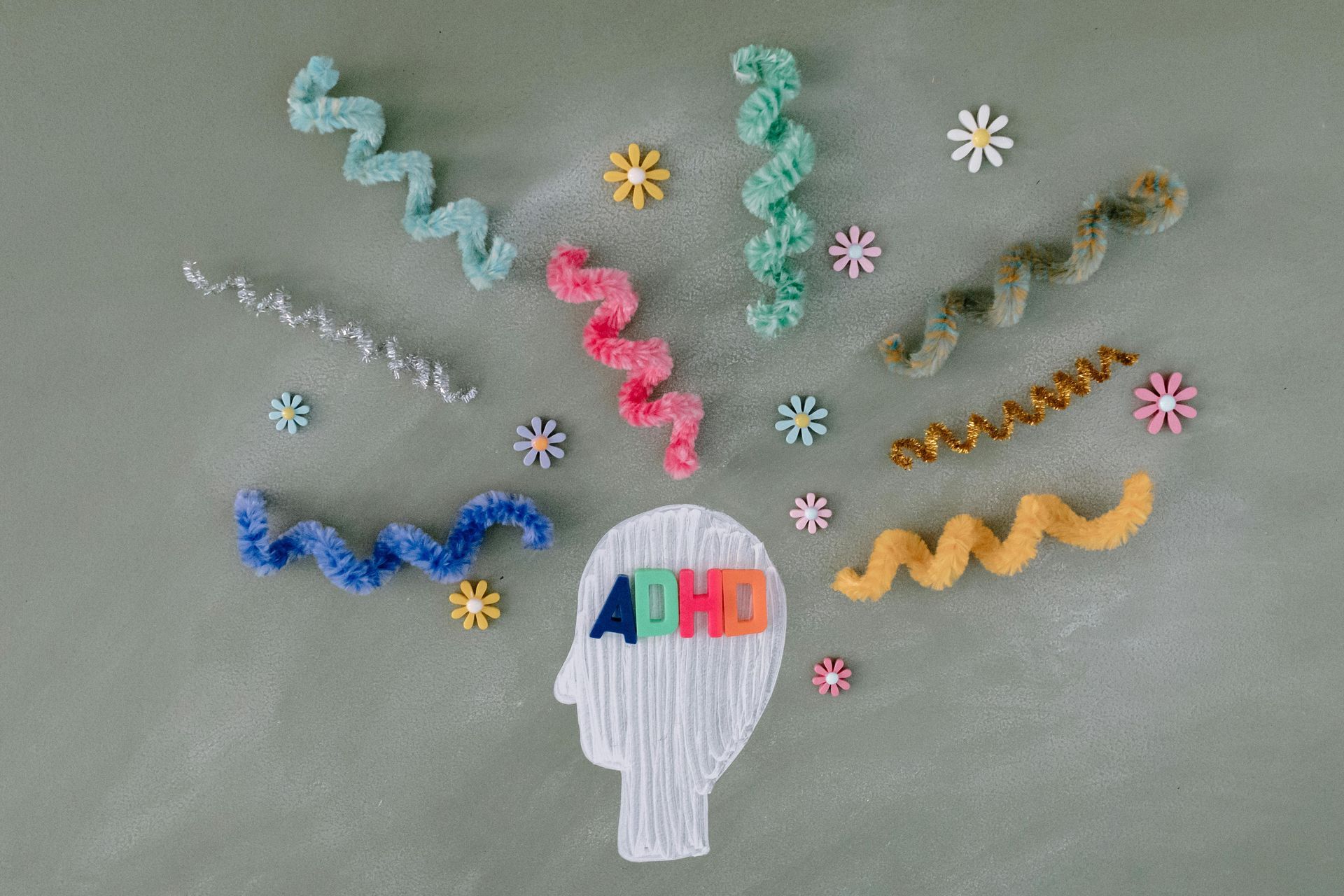On the Brink: Unmasking Silent Mental Overwhelm
If the hidden weight of mental overwhelm is quietly pushing you toward burnout—here's how to recognize it and take back control.
Mental overwhelm can sneak up on us silently, slowly eroding our well-being until we reach a tipping point—burnout. In today’s world, where balancing work, family, and personal life feels more like juggling flaming torches than finding harmony, it’s easy to miss the subtle signals that our minds are carrying more than they should. This silent struggle often goes unnoticed by others and even by ourselves, as we continue to push through daily demands, fueled by a sense of responsibility, guilt, or the belief that we must keep going no matter what.
But what does mental overwhelm look like when it's silent? How can we identify it before it escalates to burnout? And, more importantly, how can we reduce the load?
The Quiet Signs of Mental Overwhelm
Unlike physical exhaustion, mental overwhelm doesn’t always announce itself loudly. It often hides behind productivity and over-functioning. However, it leaves clues:
- Difficulty focusing: You may feel like your thoughts are scattered, making it hard to concentrate or complete tasks. This brain fog is one of the early signs of mental overwhelm.
- Constant mental to-do lists: Even when you’re resting, your mind races with thoughts of things you need to do, leaving you feeling like you can never fully switch off.
- Irritability or mood swings: You find yourself getting easily frustrated or irritated, even by small things. Your emotional responses may feel disproportionate to the situation.
- Feeling detached or numb: You may begin to feel emotionally disconnected from others or from activities that you once enjoyed, a sign your brain is protecting itself from overstimulation.
- Sleep disturbances: Either you’re struggling to fall asleep because your mind won’t stop racing, or you find yourself sleeping excessively and still feeling tired.
- Neglecting self-care: Eating well, exercising, and taking care of your mental and physical health start to fall by the wayside as you prioritize other responsibilities.
These signs can sometimes be dismissed as just a phase or a temporary slump, but ignoring them can lead to deeper, more damaging consequences.
What Does Silent Overwhelm Look Like?
For many people, silent mental overwhelm doesn’t manifest as an immediate crisis. Instead, it’s a subtle erosion of mental and emotional resources. It can look like:
- Pushing through exhaustion: You feel tired, but you keep going. Taking a break seems like a luxury you can't afford.
- Taking on more than you can handle: You keep saying “yes” to new tasks or responsibilities because you feel like you should, or because you're trying to avoid disappointing others.
- Avoidance or procrastination: Tasks feel mentally heavy, and you start avoiding them. The thought of starting something, no matter how small, feels overwhelming.
- Over-functioning in some areas, under-functioning in others: You may excel in one part of your life, such as work, but neglect other areas, such as relationships or personal well-being. This imbalance is often a sign that you're compensating for mental overload.
How to Reduce the Mental Load
The good news is that it’s possible to manage mental overwhelm before it turns into full-blown burnout. The key is to address the signs early and create habits that help reduce the mental load.
- Acknowledge your limits
Recognizing that you can’t do everything is the first step to relieving the pressure. Set realistic boundaries and learn to say “no” when you’re already at capacity. It's not about letting others down, but about preserving your well-being. - Break tasks into smaller steps
When your to-do list feels overwhelming, break it down into smaller, more manageable tasks. Even small progress can help reduce the mental weight. Completing just one or two tasks can give you the momentum to tackle the rest. - Prioritize self-care
Sleep, nutrition, and movement are foundational to mental health. Make self-care non-negotiable. Whether it’s a 10-minute walk, a quiet moment with a book, or a nutritious meal, taking care of yourself helps restore your mental energy. - Practice mindfulness and grounding techniques
Mindfulness can help quiet the racing thoughts of overwhelm. Try simple techniques like deep breathing, progressive muscle relaxation, or a short meditation to bring your focus back to the present. Grounding yourself in the moment can stop the mental spiral that often leads to overwhelm. - Delegate and ask for help
You don’t have to carry everything alone. Whether at home, work, or within your social circle, learn to delegate tasks. Asking for help is not a sign of weakness—it’s an act of self-preservation. - Limit information overload
With constant access to news, social media, and email, it’s easy to feel mentally crowded. Set boundaries for how much information you consume each day, and give yourself regular digital breaks to decompress. - Seek support
Sometimes, managing mental overwhelm requires more than self-care. Reaching out to a therapist, counselor, or peer support group can provide you with tools to better navigate mental stress. Having a compassionate space to express your feelings can prevent overwhelm from escalating.
A Compassionate Approach to Overwhelm
It’s essential to remember that feeling mentally overwhelmed doesn’t mean you’re failing or weak. It’s a sign that your brain and body are communicating their need for rest and care. By recognizing the quiet signs and taking proactive steps to reduce your mental load, you’re practicing self-compassion—a crucial aspect of maintaining long-term mental health.
If you’re feeling like you’re on the verge of burnout, take a moment to pause, reflect, and ask yourself: What do I need right now? By answering that question honestly and taking action, you can begin to lighten the mental load, one small step at a time.
References
- American Psychological Association. (2019). Stress in America: The State of Our Nation. Retrieved from https://www.apa.org/news/press/releases/stress/2019/state-nation
- Forbes. (2021). The Subtle Signs Of Burnout And How To Address It Before It’s Too Late. Retrieved from https://www.forbes.com
- Robinson, L., Smith, M., & Segal, J. (2023). Burnout Prevention and Treatment. HelpGuide. Retrieved from https://www.helpguide.org/articles/stress/burnout-prevention-and-recovery.htm
- Mental Health Foundation. (2020). How to Manage and Reduce Stress. Retrieved from https://www.mentalhealth.org.uk/explore-mental-health/publications


Career
Open Positions (Coming Soon!)
Media
press@kindpath.health
Support
support@kindpath.health
The Kindred Collective
